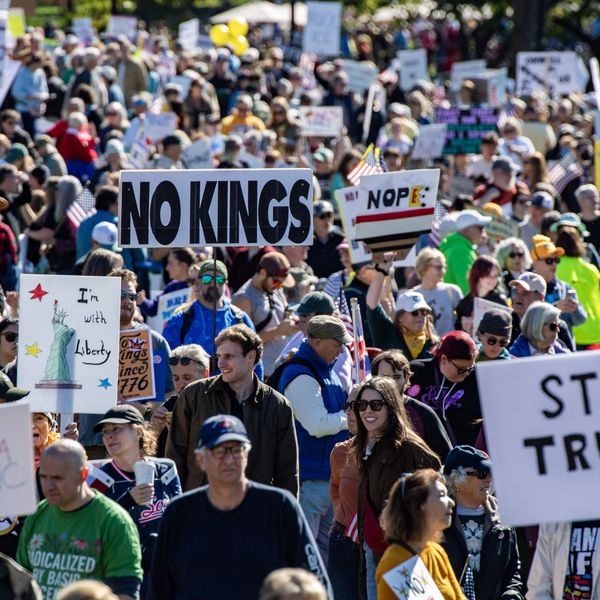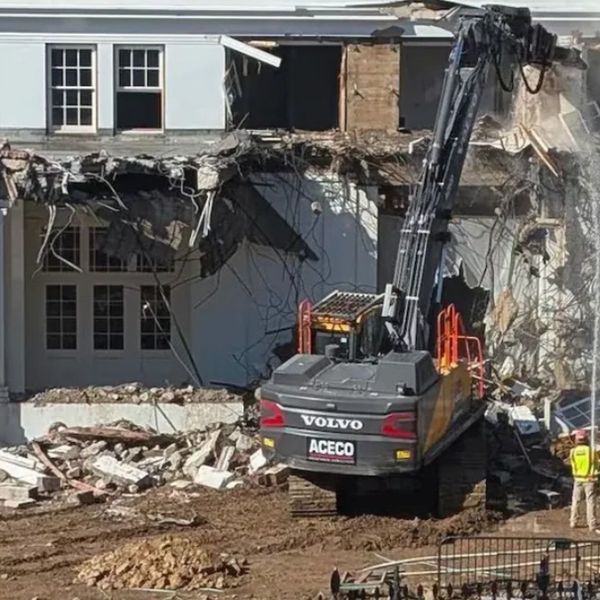Here's an odd question: Is it possible that the U.S. military is present in more countries and more places now than at the height of the Cold War?
It's true that the U.S. is reducing its forces and giant bases in Europe and that its troops are out of Iraq (except for that huge, militarized embassy in Baghdad). On the other hand, there's that massive ground, air, and naval build-up in the Persian Gulf, the Obama administration's widely publicized "pivot" to Asia (including troops and ships), those new drone bases in the eastern Indian Ocean region, some movement back into Latin America (including a new base in Chile), and don't forget Africa, where less than a decade ago, the U.S. had almost no military presence at all. Now, as Nick Turse writes in "Obama's Scramble for Africa," U.S. special operations forces, regular troops, private contractors, and drones are spreading across the continent with remarkable (if little noticed) rapidity.
Putting together the pieces on Africa isn't easy. For instance, only the other day it was revealed that three U.S. Army commandos in a Toyota Land Cruiser had skidded off a bridge in Mali in April. They died, all three, along with three women identified as "Moroccan prostitutes." This is how we know that U.S. special operations forces were operating in chaotic, previously democratic Mali after a coup by a U.S.-trained captain accelerated the unraveling of the country, leading more recently to its virtual dismemberment by Tuareg rebels and Islamist insurgents. Consider this a sample of the U.S. military's "scramble for Africa" in a seamy, secretive nutshell.
So here's another question: Who decided in 2007 that a U.S. Africa Command should be set up to begin a process of turning that continent into a web of U.S. bases and other operations? Who decided that every Islamist rebel group in Africa, no matter how local or locally focused, was a threat to the U.S., calling for a military response? Certainly not the American people, who know nothing about this, who were never asked if expanding the U.S. global military mission to Africa was something they favored, who never heard the slightest debate, or even a single peep from Washington on the subject.

